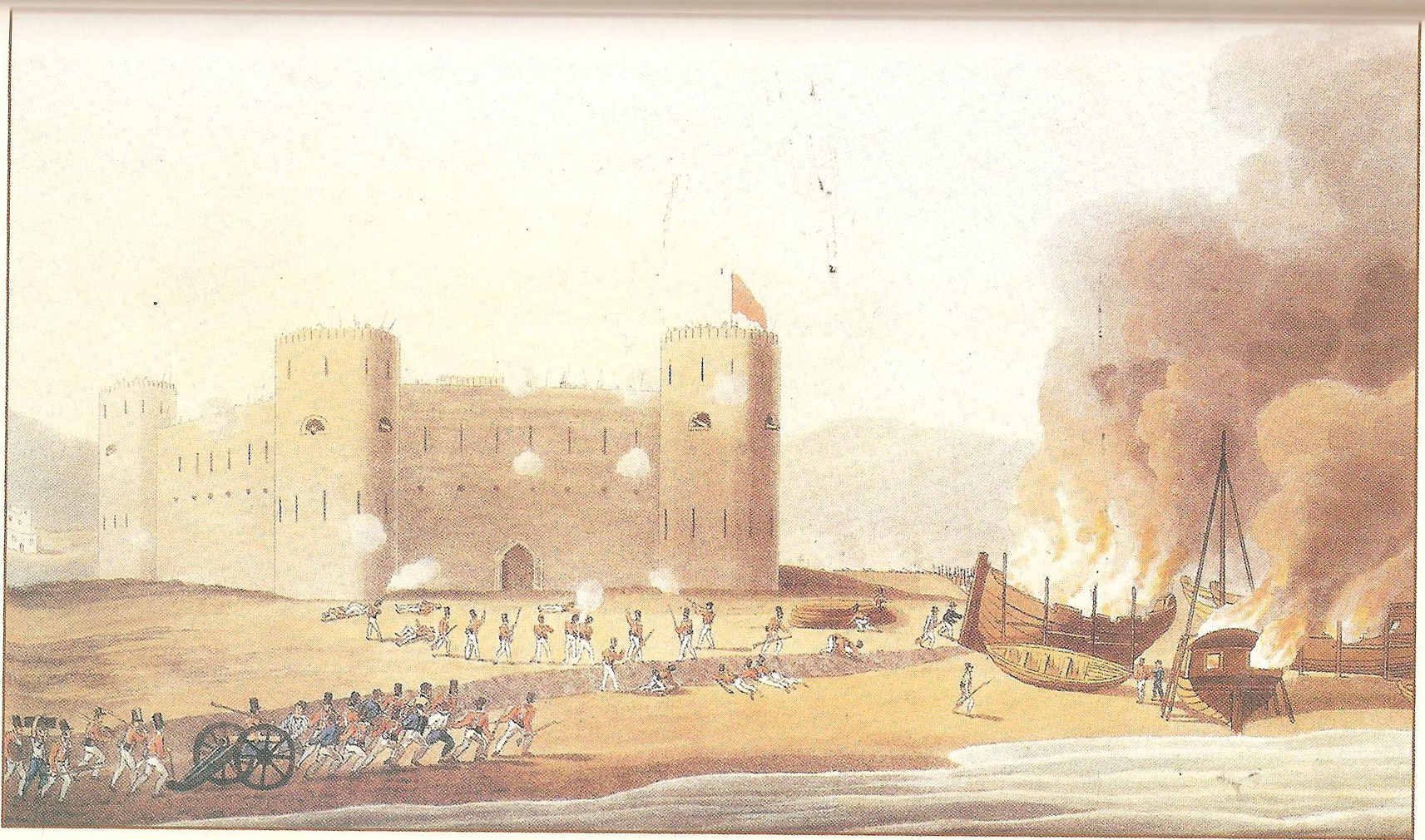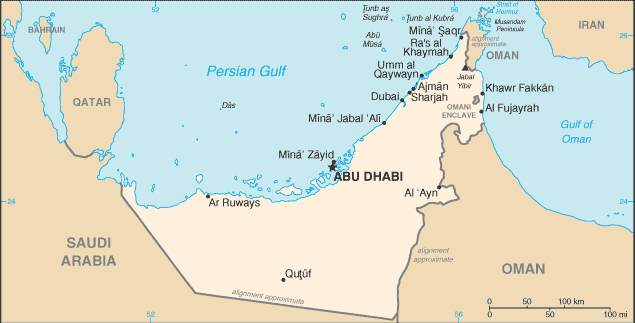|
Kalba
Kalba () is a city in the Emirate of Sharjah in the United Arab Emirates (UAE). It is an exclave of Sharjah lying on the Gulf of Oman coast north of Oman. Khor Kalba (Kalba Creek), an important nature reserve and mangrove swamp, is located south of the town by the Omani border. Kalba Mangrove reserve is open to the public and was developed as an eco-tourism resort by the Sharjah Investment and Development Authority (Shurooq). A number of conservationists and ecologists have expressed concern regarding the project. History Shell middens dating back to the fourth millennium BCE have been found at Kalba, as well as extensive remains of Umm Al Nar era settlement. Portuguese The town was captured by the Portuguese Empire in the 16th century and was referred to as ''Ghallah''. It was part of a series of fortified cities that the Portuguese used to control access to the Persian Gulf and the Gulf of Oman, e.g. Khor Fakan, Muscat, Sohar, Seeb, Qurayyat, Muttrah. Kalba Fort, toda ... [...More Info...] [...Related Items...] OR: [Wikipedia] [Google] [Baidu] |
Kalba Mangrove Reserve
Kalba Mangrove reserve is a natural reserve to a protected natural mangrove forest located in Kalba, Sharjah. Conservation efforts around the mangrove have sought to protect the declining populations of white-collared kingfisher birds that inhabit the area. Flora and Fauna The coastal mangrove consists of ''Avicennia marina'', trees of the inland savanna include ''Ziziphus spina-christi'', ''Prosopis cineraria'' and the Umbrella Thorn ''Acacia tortilis''. The world's largest population of loggerhead sea turtle ''(Caretta caretta)'' breeds on Masirah Island and other turtles that come to these coasts include the olive ridley ''(Lepydochelys olivacea)'', green turtle ''(Chelonia mydas)'' and the endangered hawksbill turtle ''(Eretmochelys imbricata)''. The area is extremely rich in bird life. Endemic birds include a species of collared kingfisher. Kalba Mangrove Center The Khor Kalba Mangrove Center was opened in the spring of 2021 as a sanctuary to protect the 300 year old mangr ... [...More Info...] [...Related Items...] OR: [Wikipedia] [Google] [Baidu] |
Sharjah Investment And Development Authority
The Sharjah Investment and Development Authority, also known as Shurooq, is responsible for the development of the Emirate of Sharjah, one of the seven emirates of the United Arab Emirates (UAE) as an investment, tourism, and business destination. History Shurooq was established by Amiri decree in 2009. In its first decade of operations, Shurooq built a portfolio of completed and ongoing projects comprising $2 billion, with a total area of 11.74 million square metres. Its key projects include Al Noor Island, Flag Island, Al Qasba, Al Majaz Waterfront, Al Montazah Amusement and Water Park, Mleiha Archeological Center, Heart of Sharjah (including the $27 million Al Bait Hotel), and the establishment of the City Sightseeing Bus Tour. Other hotel developments include the Al Badayer Lodge and Al Faya Lodge (formerly known as Fossil Rock Lodge) projects. All three of Shurooq's luxury lodge projects (the third is Kalba's Kingfisher Lodge) are managed by Mantis Hotels, a joint venture betw ... [...More Info...] [...Related Items...] OR: [Wikipedia] [Google] [Baidu] |
Kalba Fort
Kalba Fort is an 18th century fort located inland of the coastal city of Kalba on the eastern seaboard of Sharjah, United Arab Emirates. It was restored as a museum and visitor attraction in April 2021. History Originally constructed in 1745, additions were made to the structure of the mudbrick, gypsum and stone structure of the fort in 1820. The fort stands on the site of an original fortification captured by the Portuguese commander Gaspar Leite in March 1624 and is of an unusual construction, with buttressing indicating that it was perhaps developed from an original watchtower under Portuguese architectural influence. It represents one of a string of fortifications on the east coast of the Emirates with Portuguese origins, others being at Khor Fakkan, Al Badiyah and Dibba Dibbā ( ar, دِبَّا) is a coastal area at the northern tip of the eastern Arabian peninsula on the Gulf of Oman. Political administration Dibba is politically divided into three segments: * Di ... [...More Info...] [...Related Items...] OR: [Wikipedia] [Google] [Baidu] |
Emirate Of Sharjah
The Emirate of Sharjah (; ar, إِمَارَة ٱلشَّارِقَة ') is one of the emirates of the United Arab Emirates, which covers and has a population of over 1,400,000 (2015). It comprises the capital city of Sharjah, after which it is named, and other minor towns and exclaves such as Kalba', Al Dhaid, Dibba Al-Hisn and Khor Fakkan. The emirate is an absolute monarchy. It has been ruled by Sultan bin Muhammad Al-Qasimi since 1972, except for a six-day period during an attempted coup d'etat by his brother, Sheikh Abdulaziz bin Mohammed Al-Qasimi. History Human settlement in the area covered by the emirate has existed for over 120,000 years, with significant finds made of early axes and stone tools as well as Copper and Iron Age implements in Al Dhaid, Al Thuqeibah, Mileiha, Tell Abraq, Muwailah, Al Madam and Jebel Faya. Archaeological finds in the Mleiha area point to human habitation consistent with the spread of humanity from Africa to the wider world, evid ... [...More Info...] [...Related Items...] OR: [Wikipedia] [Google] [Baidu] |
Sharjah
Sharjah (; ar, ٱلشَّارقَة ', Gulf Arabic: ''aš-Šārja'') is the third-most populous city in the United Arab Emirates, after Dubai and Abu Dhabi, forming part of the Dubai-Sharjah-Ajman metropolitan area. Sharjah is the capital of the eponymous emirate. The emirate shares legal, political, military and economic functions with the other emirates of the UAE within a federal framework, although each emirate has jurisdiction over some functions such as civil law enforcement and provision and upkeep of local facilities. Sharjah has been ruled by the Al Qasimi dynasty since the 18th century. The city is a centre for culture and industry, and alone contributes 7.4% of the GDP of the United Arab Emirates. The city covers an approximate area of 235 km2 and has a population of over 800,000 (2008). The sale or consumption of alcoholic beverages is prohibited in the emirate of Sharjah without possession of an alcohol licence and alcohol is not served in hotels, rest ... [...More Info...] [...Related Items...] OR: [Wikipedia] [Google] [Baidu] |
Naqbiyin
The Naqbiyin ( ar, النقبي, singular Al Naqbi) is a tribe of the United Arab Emirates (UAE). They are mostly settled within the emirates of Sharjah and Ras Al Khaimah and have long been influential in the tribal politics of both emirates. By the turn of the 20th century, the Naqbiyin had mostly settled in the emirate of Sharjah and were to be found in Khor Fakkan, Kalba as well as Dibba and Fahlain (today a suburb of Ras Al Khaimah). They had also settled at Khatt and Daftah in the Wadi Ham. Altogether, the settled population at that time was mostly involved in agriculture and numbered some 1,800 people. Ras Al Khaimah The tribe's settled territory included the Wadi Naqab in Ras Al Khaimah, to which the tribe gave its name. The tribe dispersed from the agriculturally rich wadi after a series of disputes with the pre-Al Qasimi local rulers. The tribe has traditionally been considered close to the Al Qasimi. Khatt and Fahlain, two villages on the Jiri plain where the Na ... [...More Info...] [...Related Items...] OR: [Wikipedia] [Google] [Baidu] |
Sharqiyin
The Sharqiyin ( ar, الشرقيون, singular Al Sharqi ar, الشرقي) is a tribe of the United Arab Emirates (UAE). The Sharqiyin were long the dominant tribe along the East coast of the Trucial States (and the second most numerous in the area around the start of the 19th century), an area known as Shamailiyah. A 1968 census showed 90% of the tribal population of Fujairah was Sharqiyin. They were traditionally dependents of Sharjah and, over the centuries, made several attempts to secede and declare independence, finally practically managing this from 1901 onwards and finally gaining British recognition as a Trucial State, Fujairah, in 1952. They settled all along the East Coast of the Trucial States, from Kalba to Dibba, as well as in the Wadi Ham and Jiri plain and by the turn of the 20th century they were some 7,000 strong. Three sections of the tribe are notable, the Hafaitat (from which the ruling family of Fujairah derives), the Yammahi and the Hamudiyin. After th ... [...More Info...] [...Related Items...] OR: [Wikipedia] [Google] [Baidu] |
Al Mahatta Fort
Mahatta Fort ("the station" in Arabic) is located in central Sharjah in the United Arab Emirates. The fort was built by the Ruler of Sharjah in 1932 to afford protection for the passengers and staff of Imperial Airways. It was the first British establishment on the Trucial Coast, after an agreement was struck between the British government (on behalf of Imperial Airways) and the ruler of Sharjah in June 1932. The Fort was used by the Royal Air Force in World War II and the Trucial Oman Scouts before briefly becoming a hotel, a police station and is now an aviation museum, known as Al Mahatta Museum. History The Imperial Airways Empire Route was originally established on the Northern Shore of the Persian Gulf, with Imperial Airways seaplanes landing off Hengam Island, but the agreement to use the route made with the Persian Government lapsed in 1932 when the Persian Government attempted to use the continuation of rights to the facility as leverage to gain British recognition for t ... [...More Info...] [...Related Items...] OR: [Wikipedia] [Google] [Baidu] |
Trucial States
The Trucial States ( '), also known as the Trucial Coast ( '), the Trucial Sheikhdoms ( '), Trucial Arabia or Trucial Oman, was the name the British government gave to a group of tribal confederations in southeastern Arabia whose leaders had signed protective treaties, or truces, with the United Kingdom between 1820 and 1892. The Trucial States remained an informal British protectorate until the treaties were revoked on 1 December 1971. The following day, six of the sheikhdoms—Dubai, Abu Dhabi, Sharjah, Ajman, Umm Al Quwain and Fujairah—formed the United Arab Emirates; the seventh, Ras Al Khaimah, joined on February 10, 1972. Overview The sheikhdoms included: * Abu Dhabi (1820–1971) * Ajman (1820–1971) * Dubai (1835–1971) * Fujairah (1952–1971) * Ras Al Khaimah (1820–1972) * Sharjah (1820–1971) * Umm Al Quwain (1820–1971) The sheikhdoms permanently allied themselves with the United Kingdom through a series of treaties, beginning with the General ... [...More Info...] [...Related Items...] OR: [Wikipedia] [Google] [Baidu] |
Sultan Bin Muhammad Al Qasimi
'' , spouse = Jawaher bint Mohammed , issue = Azza bin SultanMohammed bin Sultan, Crown Prince of Sharjah Bodour bint SultanNoor bint SultanHoor bint SultanKhalid bin Sultan , house = Al Qasimi , father = Mohammed bin Saqr bin Khalid Al Qasimi , mother = Maryam bint Ghanem bin Salem Al Shamsi , birth_date = , birth_place = Sharjah, Trucial States , place of burial = Sultan bin Muhammad Al-Qasimi ( ar, سلطان بن محمد القاسمي; born 2 July 1939) is the sovereign ruler of the Emirate of Sharjah and a member of the Federal Supreme Council of the United Arab Emirates. He has ruled Sharjah continuously since January 1972, apart from a six-day period in June 1987, during an attempted coup led by his elder brother Sheikh Abdulaziz bin Mohammed Al-Qasimi. Early life and education Sultan's mother was Maryam bint Sheikh Ghanem Al Shamsi (1915–2010). He has four brothers and two sisters: Khalid, Sheikh Saqr, Abdul Aziz, Abdul ... [...More Info...] [...Related Items...] OR: [Wikipedia] [Google] [Baidu] |
Oman–United Arab Emirates Border
The Oman–United Arab Emirates border consists of three non-contiguous sections totalling 609 km (378 mi) in length. Description Northern (Musandam) section The northern section of border divides the Omani exclave of Musandam from the UAE Emirates of Fujairah and Ras Al Khaimah. This peninsula commands the strategic Strait of Hormuz, with the Oman-UAE border consisting of a series of irregular, though roughly horizontal, lines running through mountainous terrain, from the western Persian Gulf coast to the eastern Gulf of Oman coast. Middle (enclaved) section The middle section of the border consists of the Omani enclave of Madha, within which is the UAE counter-enclave of Nahwa, belonging to the Emirate of Sharjah. This territory is the only territory between UAE and Oman which is not lined with any barrier and there is no border crossing between Madha, Nahwa, or the rest of the UAE. Southern section The southern, and by far the longest section, of the frontier starts ... [...More Info...] [...Related Items...] OR: [Wikipedia] [Google] [Baidu] |
Kunud
The Kunud (singular Al Kindi) is a tribe of the United Arab Emirates (UAE) and Oman. By the turn of the 20th century, the Kunud, a population of some 1,500, were mostly settled on the East Coast, from Nizwa in Oman to Kalba in Sharjah and Al Hayl in Fujairah, as well as Mahdah and Buraimi. Long associated with the Sudan (Al Suwaidi), the Kunud have been linked to Miqdad ibn Aswad Al Kindi, an immigrant into Oman from Yemen at the time of the Islamic prophet, Muhammad. Traditionally, the Kunud followed the Omani Ibadi The Ibadi movement or Ibadism ( ar, الإباضية, al-Ibāḍiyyah) is a school of Islam. The followers of Ibadism are known as the Ibadis. Ibadism emerged around 60 years after the Islamic prophet Muhammad's death in 632 AD as a moderate sc ... faith. References {{Arab tribes in the United Arab Emirates Tribes of the United Arab Emirates ... [...More Info...] [...Related Items...] OR: [Wikipedia] [Google] [Baidu] |
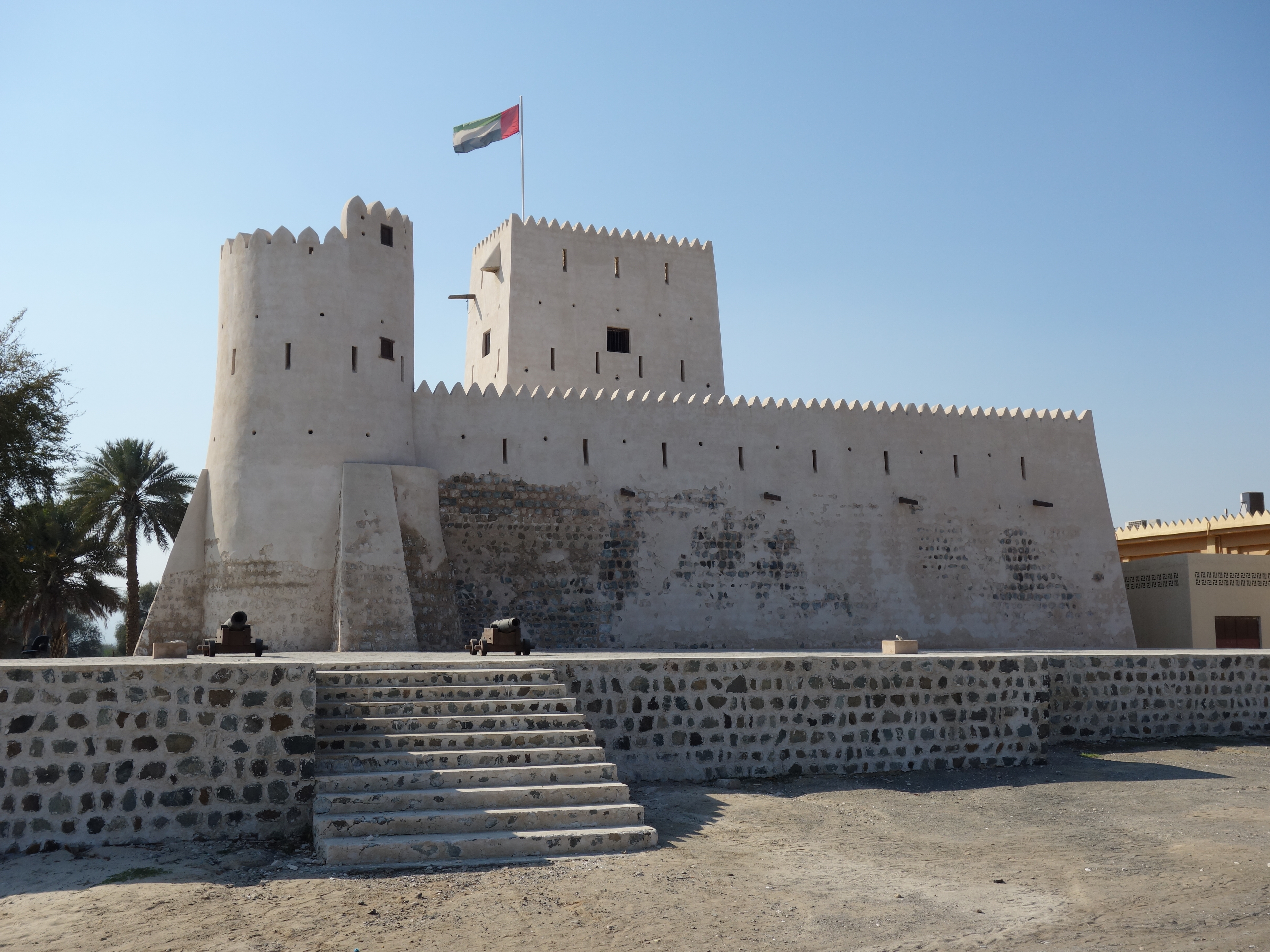
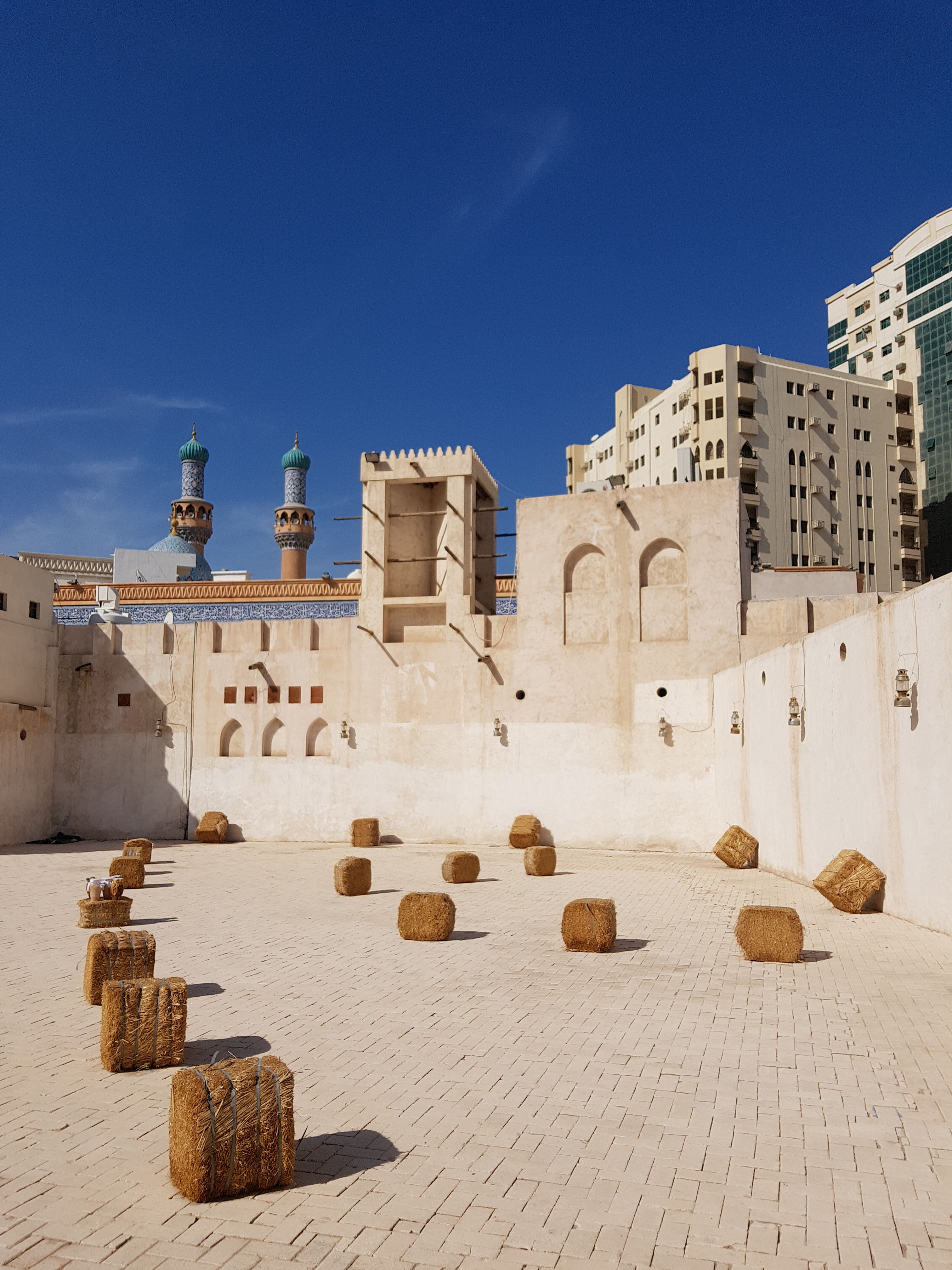
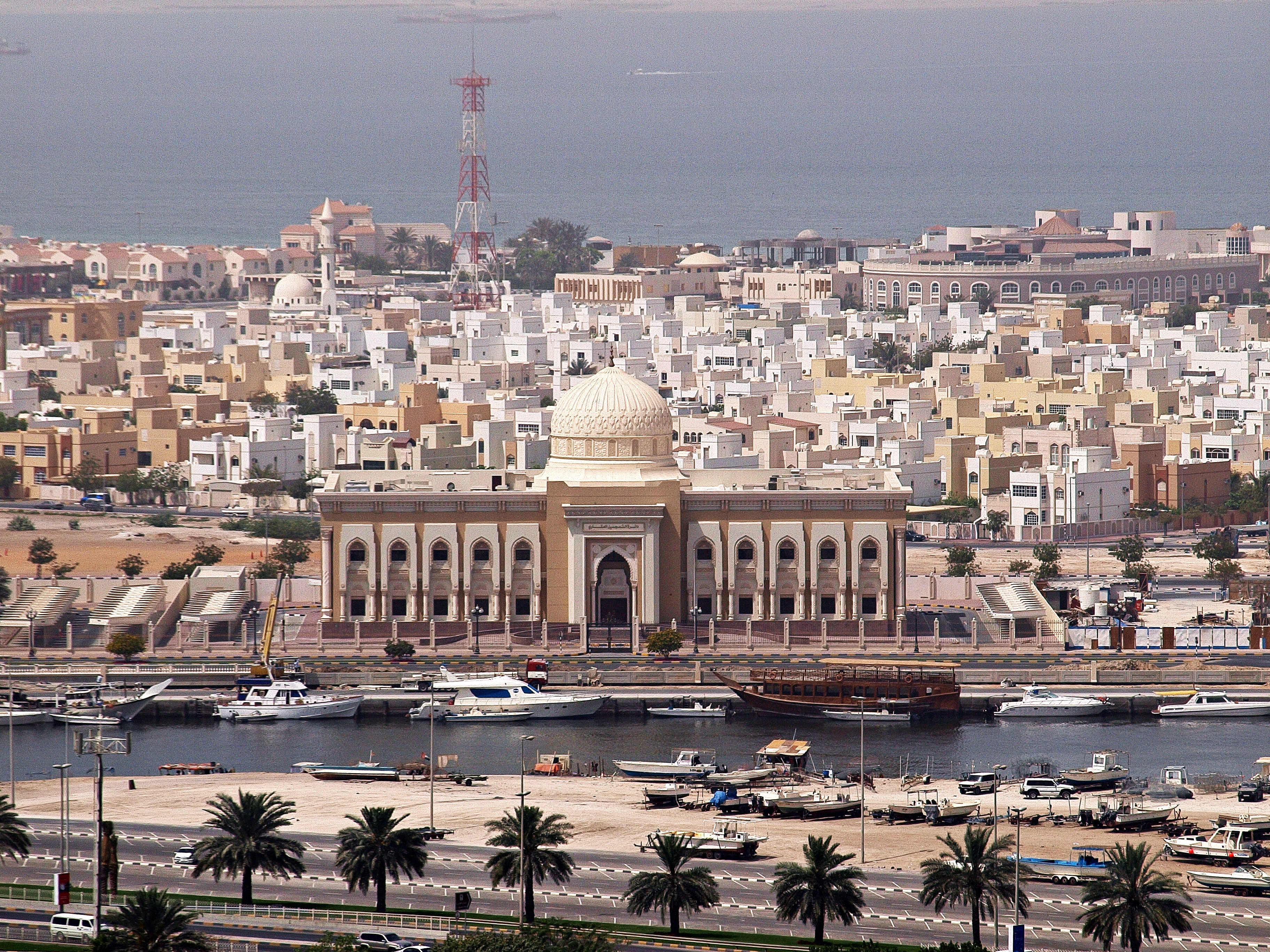
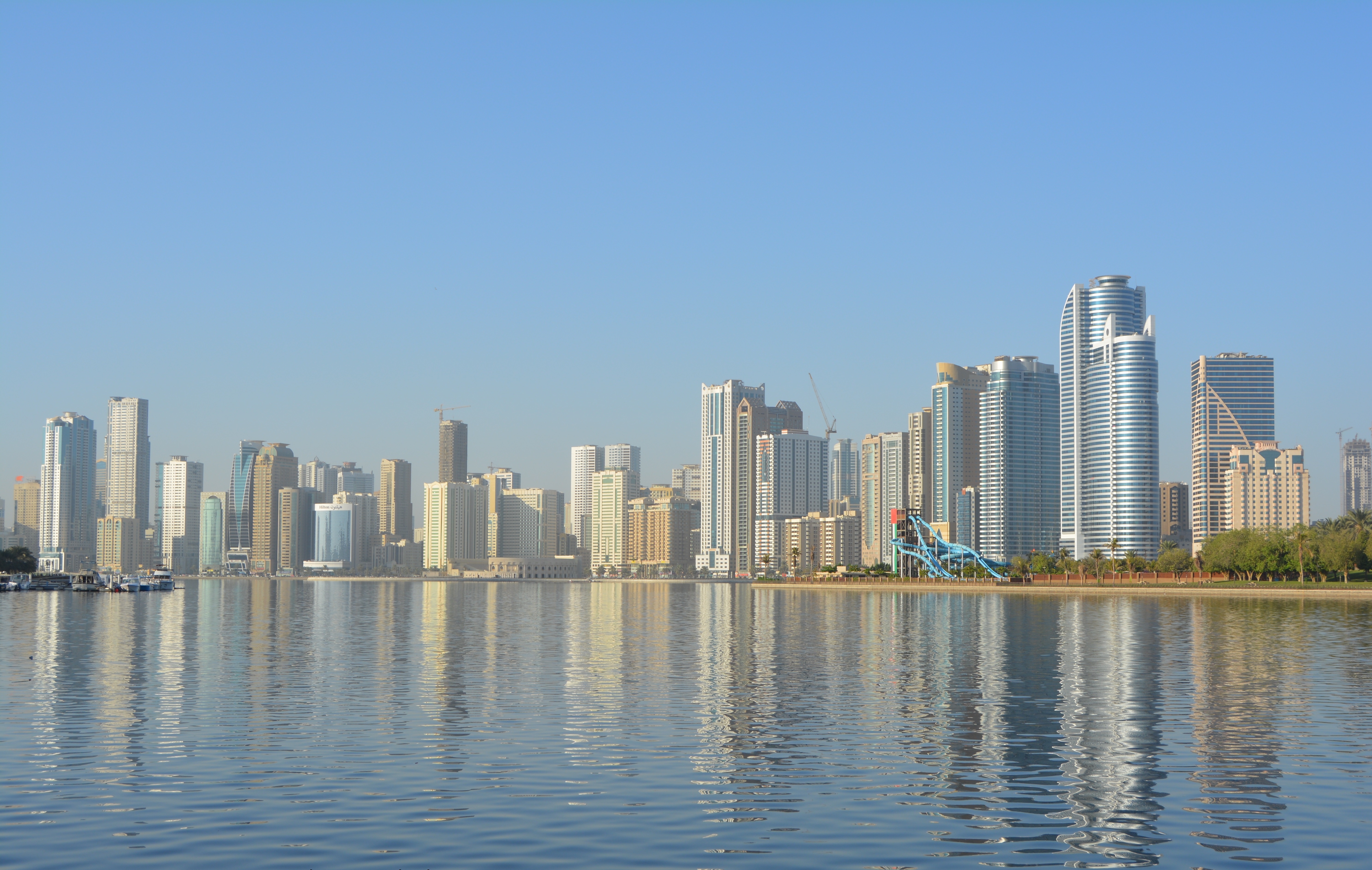

.jpg)

